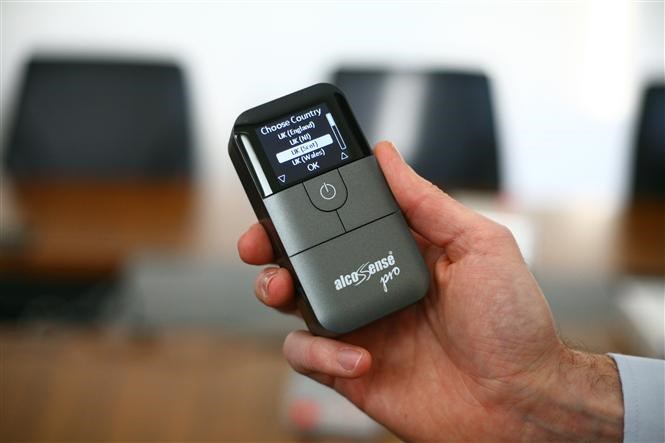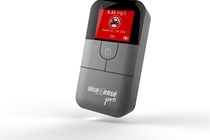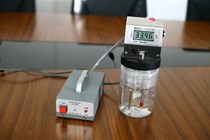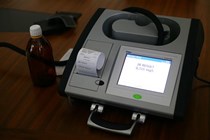These days it seems the whole of December and half of January is one long party. Work Christmas dos, family gatherings, meeting old friends for the annual pub catch-up and of course, the mother of all celebrations: New Year’s Eve.
But how do you know when you’re safe to drive the day after such events? After all, one fifth of all drink-driving convictions are for the morning after. It’s certainly not as simple as using an online calculator to work out how long to wait, either: there are so many factors which can affect the result that it’s simply impossible to know without a proper test.
Lower drink-drive limit in Scotland
If you drive in Scotland it’s even more crucial to be sure you’re safe to drive. With a drink-drive limit of 22 milligrams of alcohol for every 100 millilitres of breath compared to the rest of the UK’s 35 milligrams per 100 millilitres, the rules are far stricter.
We believe that’s great news, because while convictions for drink-driving have fallen, research shows that you’re also far more likely to be involved in a serious or fatal car accident if you’re at the 35 milligram limit. A survey found that those with 22 milligrams of alcohol in 100 millilitres of breath were five times more likely to be in a fatal accident as a sober person, but someone with 35 milligrams is a whopping 13 times more likely.
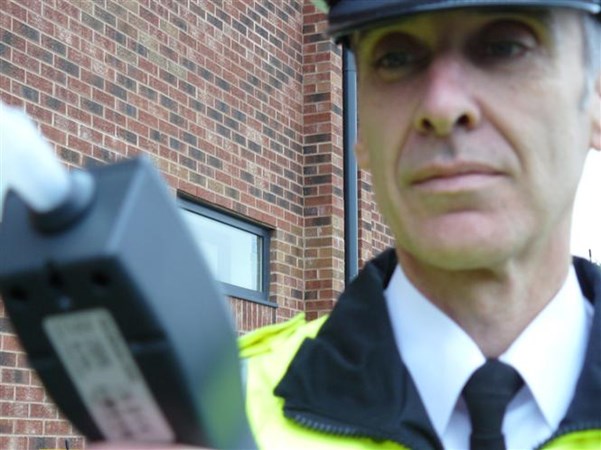
In quantitative terms, the reduction of the limit in Scotland saw 300 fewer people killed or seriously injured over 12 months after the new legislation’s introduction in December 2014.
With statistics like that it’s clear it’s only a matter of time before the rest of the UK follows suit, or even goes with a zero-tolerance policy toward driving with alcohol in your system.
Enter the home breathalyser
So what are you supposed to do? Drinking alcohol has been ingrained in popular culture in the UK for thousands of years, and it’s probably unrealistic to expect every driver to go tee-total, once and for all.
Help is at hand from a small number of companies building handheld breathalysers you can use at home. That means you can test and clear yourself before you even think about reaching for the keys, which gives you priceless peace of mind. Well, not entirely priceless, because by the time court fees, travel and the associated costs of a drink-driving ban are added up, you could easily be looking at a bill of £50,000. And that’s on top of the possibility of losing your job.
In our book that makes a product like the £149.99* Alcosense Pro a must-have tool for any driver who enjoys a tipple. This surprisingly sophisticated device measures the amount of alcohol in your breath like many others, with a few more handy features built-in.
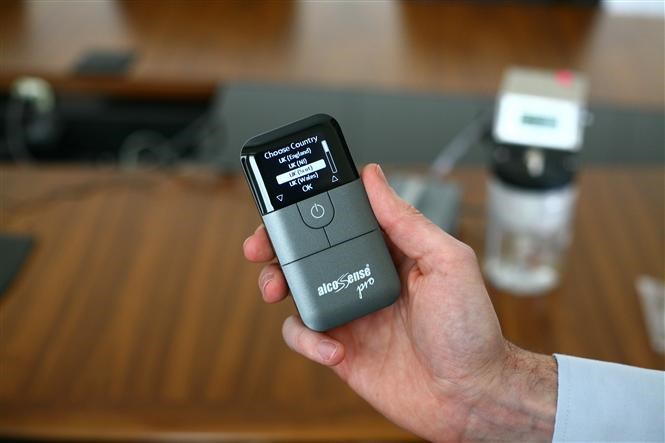
First of all, it uses a sensor which is of the same type as the significantly more expensive breath-testers the Police will use at the roadside if they suspect you’ve had alcohol. The sensor itself is slightly smaller, but works in the same way so the readings this unit takes should be accurate.
We tested it scientifically (not in the pub, honest) with some control alcohol measured to read just below the UK’s 35ml drink-drive limit. Tested on the sort of super-accurate unit the Police will use at the station for your conviction, we found our test unit read almost exactly the same level of alcohol.
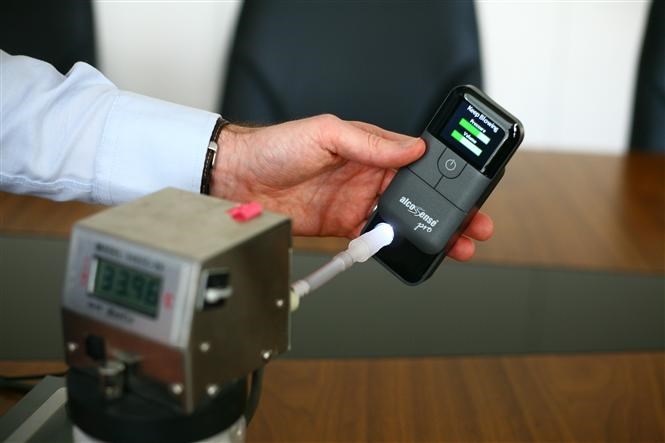
This particular product will also warn you not to drive if you blow over, and suggest when you’ll be safe and sober to get behind the wheel again. You can change the parameters to apply in most countries and the unit will tweak the readings according to the chosen place’s drink-drive limits. Clever stuff.
Verdict
If you drink, buy one. It’s a no-brainer, really.
*Price correct at time of publication



